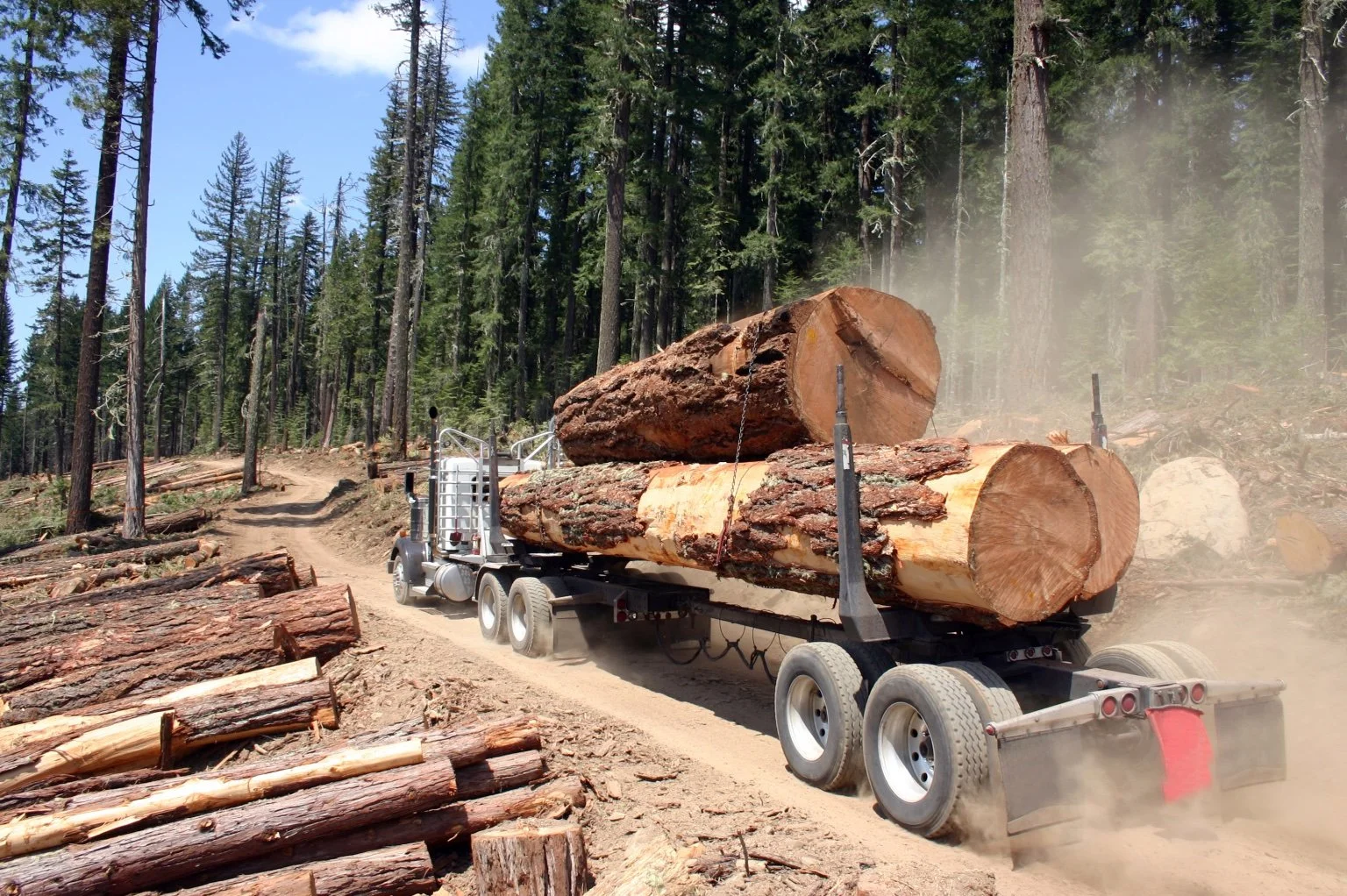Paris Agreement: Carbon Credits and Equity
Efforts from the Paris Agreement have centered on limiting global warming by reaching a climate-neutral world by 2050. To achieve this goal, the aim is to reach the global peaking of greenhouse gas emissions as soon as possible and respond accordingly (1). Once the worldwide peak emissions are reached, the response will center around the balance between carbon emissions and carbon removal. Carbon emissions can come from a variety of natural sources. Human carbon emissions are most closely related to the ones that make the most significant impact on the environment: fossil fuel use and deforestation. Carbon removal often comes in the form of carbon sinks, natural sources such as plant photosynthesis, soil removal, or ocean removal (2). Since the carbon emissions greatly outweigh the carbon removal globally, it is essential to develop carbon sequestration or carbon capture technologies to balance the rates of emission and reduction to limit global warming (3).
This week, the first week of November 2021, the Conference of the Parties (COP) 26 is having the annual United Nations climate change conference focusing on ambition and equity within the current structure of the Paris Agreement. Of course, an agreement with hundreds of countries, rotating political leaders, and varying priorities will not result in simple solutions. The International Emissions Trading Association CEO, Dirk Forrister, had a strong statement on the subject – “You kind of can’t get to net zero, and anything close to the 2-degree or 1.5-degree level, unless you have cooperation, and honest cooperation” (4).
The priorities and resources of each country are quite variable and will lead to different responses to the climate crisis. For example, large, highly forested countries have a significant source of a carbon sink. In contrast, many developing countries do not have this luxury and may require foreign investment to develop carbon sinks or removals to meet net-zero goals. The concerns regarding equity for each country to realistically earn carbon credits for trade are legit, and the continued discussions regarding the Paris Agreement must make it a priority. Carbon capture technologies that are efficient, low-cost, and readily available may be some of the best resources to create an equitable response to the climate crisis.
References


